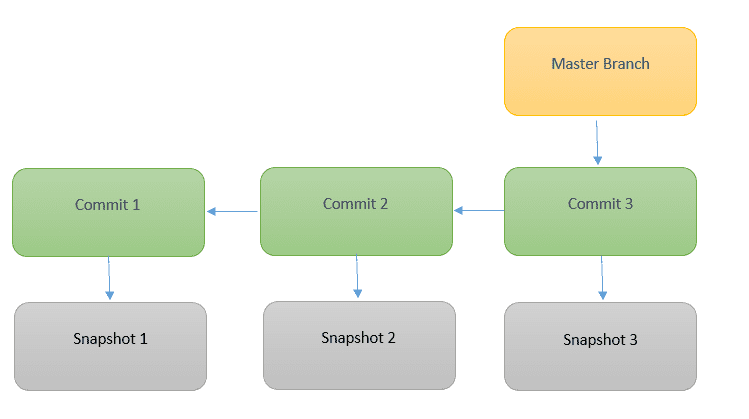

So these are the most helpful git commands I find in my everyday programming. Git config -global user.email globally Email id Git config -global user.name "your_username" Git remote set-url origin a repository's origin branch to SSH Git remote add origin a remote repository
#Git list branches update
Update local repository to the newest commit

The branches in red are the remote branches i.e.

The result is shown in the graphic below: The branches in white are the local branches whereas green (master) represents the active branch. You can see the branches in the local repository with this command: git branch. The git branch command lists branches for us. This appears to be a built-in way to achieve that (v1.7. To review, open the file in an editor that reveals hidden Unicode characters. git-branches-by-commit-date.sh This file contains bidirectional Unicode text that may be interpreted or compiled differently than what appears below. Checking what the current branch names are is a good first step. Git: List git branches, sort by (and show) date Git: List git branches, sort by (and show) date. List remote Git branches and the last commit date for each branch. Push changes to remote repository (remembered branch) For listing all branches in local and remote repositories, run this command on the terminal: git branch -a. List Branches in Git Before Renaming Them. Push changes to remote repository (and remember the branch) Stash changes in a dirty working directory List of branches (the asterisk denotes the current branch) Useful Git Commands List CommandĪdd all new and changed files to the staging area Using git branch -r lists all remote branches and git branch -a lists all branches on local and remote. git commit -amend follow prompts to change the commit message. So I'm going to share the most useful Git commands in this post that every developer should know.īut first you need to know the fundamentals of Git to understand this article. you will see a list of every thing youve done in git, across all branches. To delete the local branch, just run the git. To see remote branches, run this command: git branch -r. To see local branches, run this command: git branch. But some commands are more commonly used. First, we print out all the branches (local as well as remote), using the git branch command with -a (all) flag. NOTE: The current local branch will be marked with an asterisk (). Since you can use a lot of different commands, mastering Git needs time.
#Git list branches software
When executing echo *, your shell first expands and replaces * with all (non-hidden) files in your current directory, then passes this list of files as parameters to echo.Git is an important part of daily programming and is commonly used in the software industry. And as you might know, * as a globbing character/wildcard, which resolves to any 0 or more characters. Since git branch is a user-facing command, it marks the current branch with a *. Not quoting a parameter expansion (or command substitution) will perform pathname expansion on the expanded value. This avoids the problem of the command from the question, because it correctly quotes parameter expansions. Or git for-each-ref -shell -format='%(refname:short)' refs/heads | \ You see a menu bar with the main branch button, number of branches, and tags on the. While read branch do git branch -d "$branch" done You can view branches on GitHub by navigating to the repos landing page.

Instead, use the low-level commands such as git for-each-ref: git for-each-ref -shell -format='%(refname:short)' refs/heads | \ (Dont confuse this with the stand-alone git prune command - this is used during. But why does $(git branch) outputs all these file names besides the git branches?ĭon't use git branch in scripts. prune is available as an option for the git fetch and git remote commands. If I echo $(git branch), the output is like this: $ echo $(git branch)Īngular.json assembly.xml ci-settings.xml coverage cypress.json Dockerfile.angular Dockerfile.spring e2e examples mvnw mvnw.cmd nginx node node_modules package.json package-lock.json pom.xml README.md scripts src target to-do.txt tsconfig.json web.config dev It does what I want, but also tries to delete branches named as files in current directory, so the output is something like this: error: branch 'angular.json' not found.Įrror: branch 'ci-settings.xml' not found.Įrror: branch 'Dockerfile.angular' not found.Įrror: branch 'Dockerfile.spring' not found.Įrror: branch 'package-lock.json' not found.Įrror: branch '' not found.Įrror: Cannot delete branch 'dev' checked out at 'D:/Documentos/oreons/Rise/archivekeeper-ui' I wrote a command to delete all git branches without needing to write them all mannually, which is currently like this: git branch -d $(git branch)


 0 kommentar(er)
0 kommentar(er)
